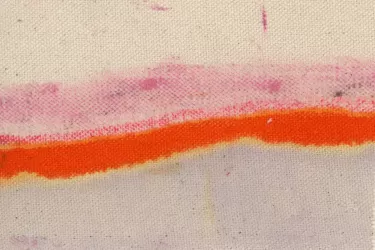
This has so rarely occurred in the University’s history
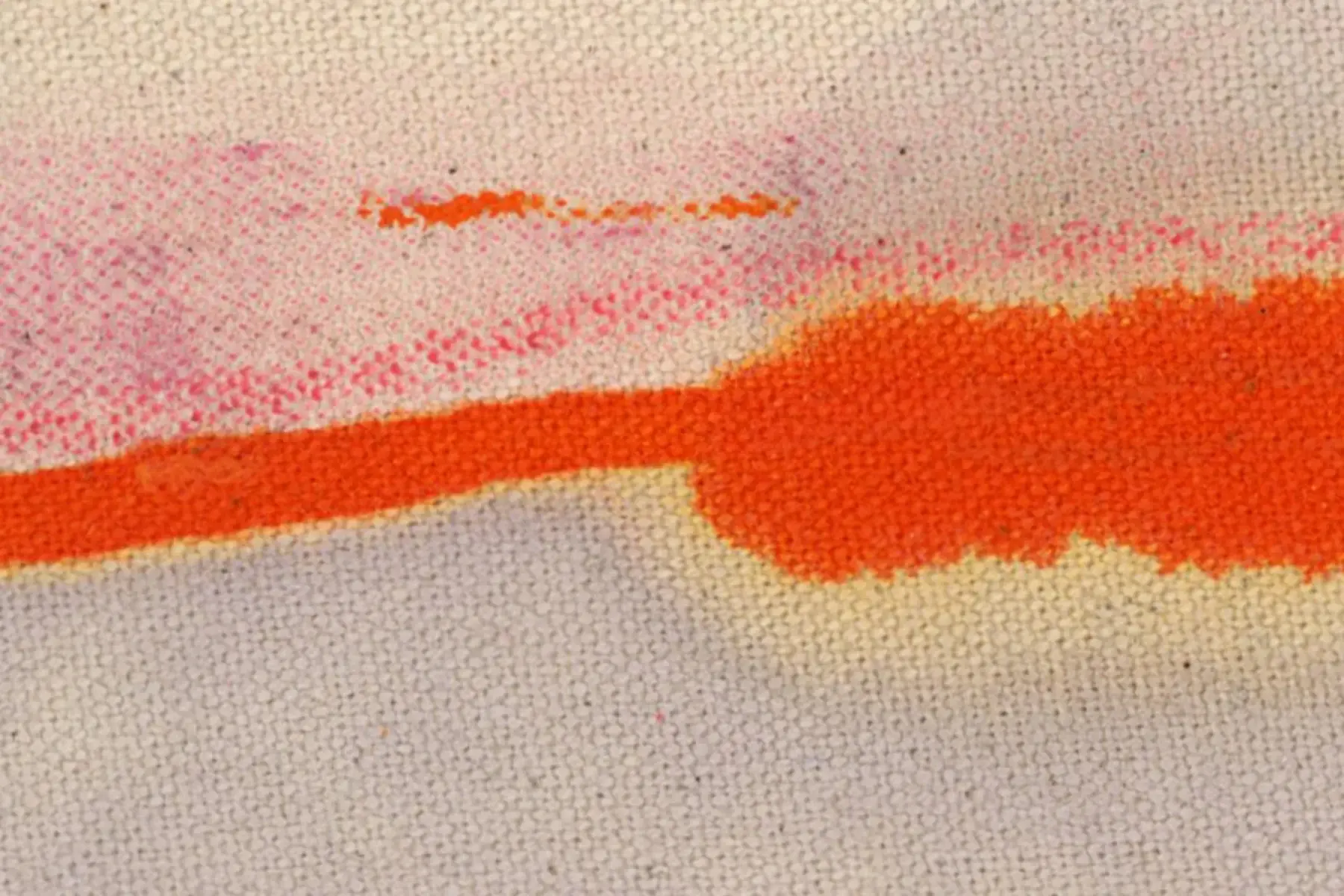
Truth-telling is one form of restorative justice, but more is needed to redress the wrongs done to Indigenous peoples
Published 28 May 2024
Dhoombak Goobgoowana: A history of Indigenous Australia and the University of Melbourne Volume 1: Truth, which I co-edited, takes up the challenge of truth-telling about the history of the University of Melbourne in its engagement with Indigenous people.
It shows the willingness of the contributing authors to confront the past with candour and place their lines of investigation and research on the public record.
This has so rarely occurred in the University’s history, as so many chapters reveal.
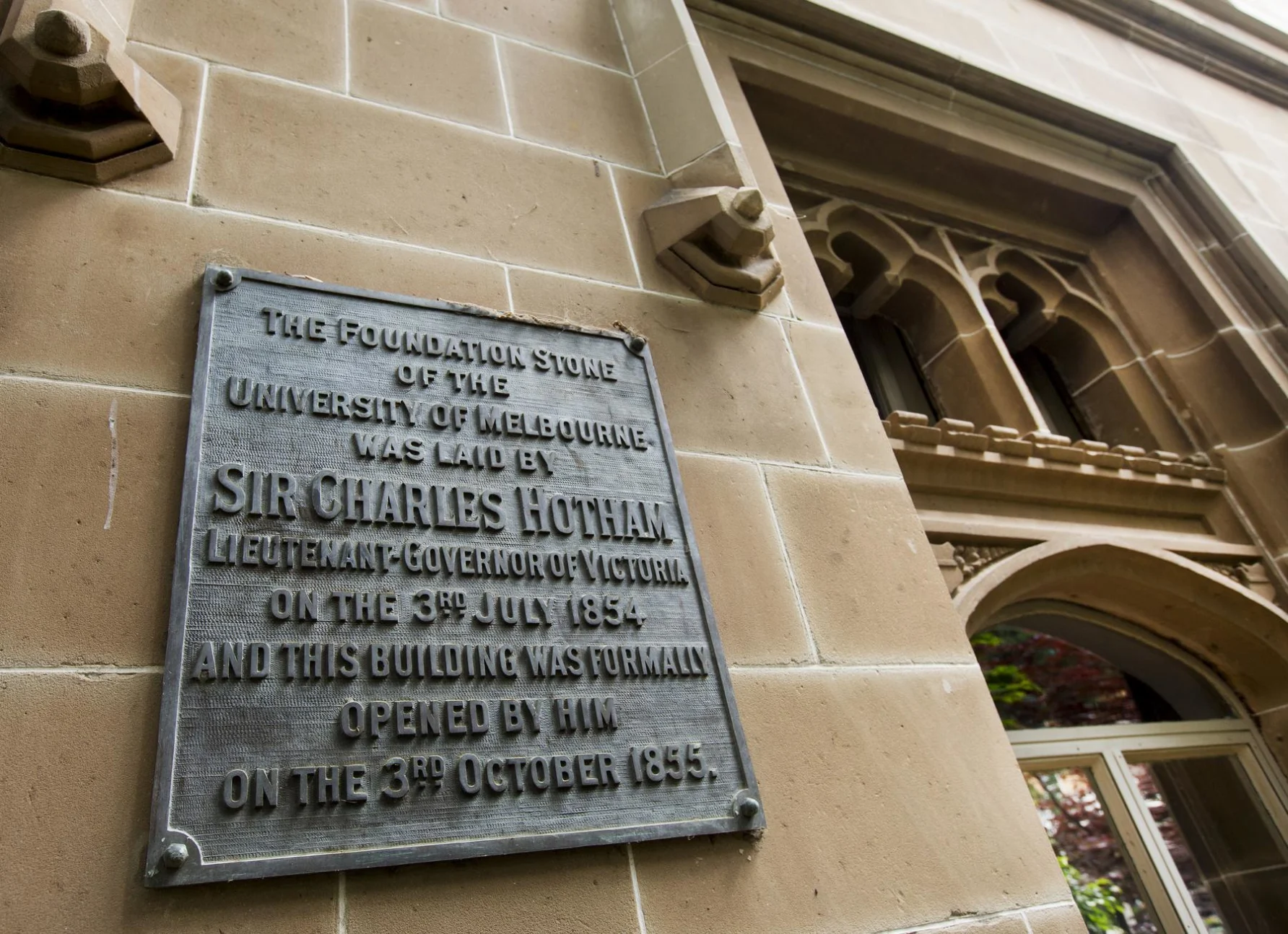
The history of interactions with Indigenous people from 1853 to the twenty-first century has required a reckoning for some time.
Several Aboriginal leaders and intellectuals – including Jim Berg; Professor Aleanor Bourke AM, now the Chair of the Yoorrook Justice Commission overseeing a truth-telling inquiry in Victoria; Professor Ian Anderson AO and many others – have played a role in steering the University towards an approach that honours the Traditional Owners and their dispossession and suffering from earliest colonial times.
Importantly, Indigenous leaders involved as staff, Traditional Owners, Elders, students or advisers have been aware of the need for truth-telling about the history of the University and the need for transparency.

Now, at a modern and leading university not only in Australia but the world, Indigenous leaders have developed programs with an auspicious track record in enrolling and recruiting Indigenous students and staff.
They have instigated groundbreaking research in Indigenous matters by both Indigenous and non-Indigenous researchers. They have established fruitful partnerships with a range of Aboriginal communities, foundations and corporations.
Yet progress towards parity in education outcomes and reconciliation activities, by themselves, cannot remove the stain of the University’s role in furthering the usurpation of the land from its owners, in eugenic experiments and the creation of collections of Aboriginal corpses and body parts.
This book has shown that teaching and promoting discredited eugenic theories and racial scientism to generations of impressionable students and publics, and lending the authority of the academy and the sciences to theories and tropes that in the twenty-first century have been shown to lack rigorous evidence, were wrong.
Similarly, the University’s continued commemoration of individuals discussed in this book prolongs trauma.
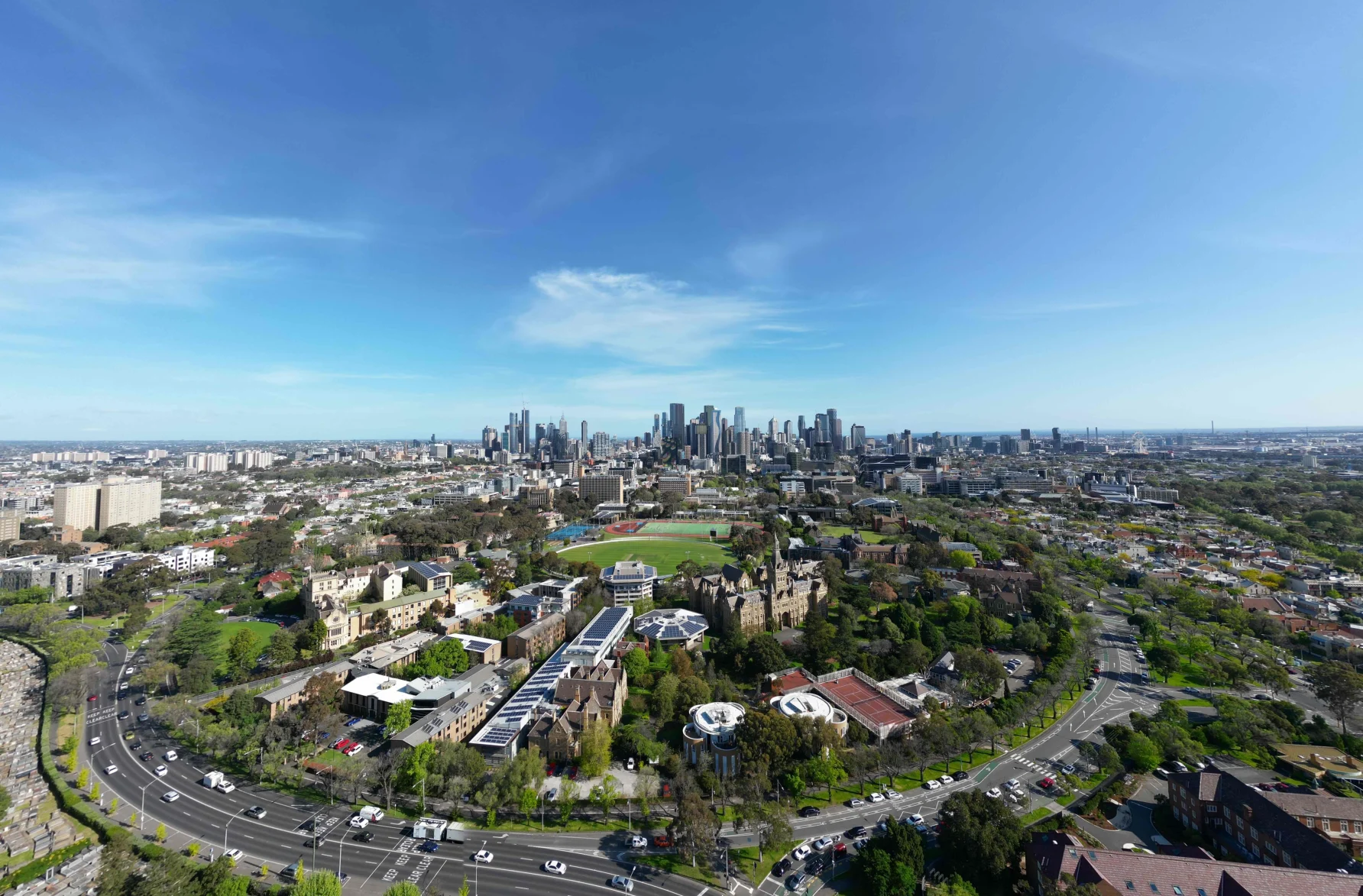
For many, there is palpable shame in working in a place where frontier settlers and their works are celebrated because they donated some of the wealth they extracted from stolen land and resources to the University.
Correcting the history by merely adding the long-suppressed details of the fatal impact of the colonial mission on tens of thousands of Aboriginal people is rightly regarded as an insufficient response to naming and renaming practices.
Yet, finding an honourable solution – and informing the decisions to rename or not – must involve factual historical accounts, such as appear in the chapters in this volume.
The perpetrators of injustice should be named, and their roles in historical events fully recounted. However, merely deleting their names from buildings, rooms, courtyards and roads, and not explaining why, compounds the injustices with further acts of denial.

This kind of truth-telling is necessary to make just, transparent and worthwhile University practices and policies, if our community is to prevent the repetition of commemorative rituals that honour racists, thieves and body snatchers.
Truth-telling is one form of restorative justice.
Writing factual histories that fully acknowledge the Aboriginal peoples impacted and their fates can make some recompense for this history.
In 2021, the University acknowledged and apologised “for the historic and current injustices which have been and are to the detriment of the health and well-being and educational and living standards of the Aboriginal and Torres Strait Islander peoples of this country”.
A further form of restorative justice would be a full and specific apology for the eugenic and racial scientism supported at the University, along with the industrial-scale use of Aboriginal bodies obtained by grave robbers – and clearly by other means, as some records suggest – for the teaching of dissection and anatomy.
It is the hope of the editors of and contributors to this volume that a permanent place for truth-telling and correcting the record will be embedded in our campus environments.
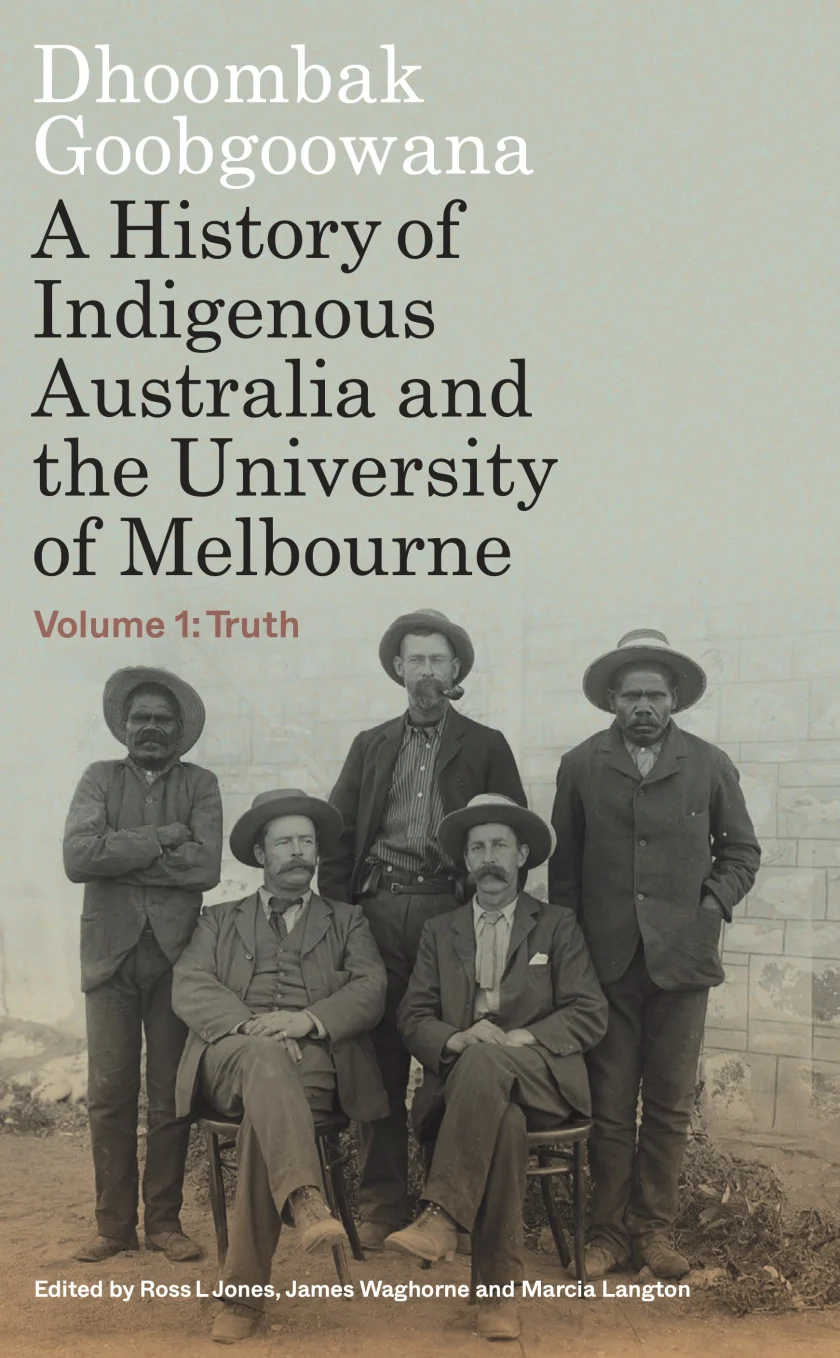
What other conclusion could be drawn from reading the chapters of Dhoombak Goobgoowana?
What image, what history, what legacy should the University of Melbourne present to the world?
All of the chapters raise the urgency of continually delving into the records and informing the narrative of the University’s past.
We must not stop at acknowledging failures and triumphs but address injustices and violations with corrective actions that engage our community.
Not only must we talk, we must also help to overcome the often-traumatic historical legacies and contribute to initiatives that redress the wrongs with respect and with regard to the rights of Indigenous peoples, as they are now elaborated in the United Nations Declaration on the Rights of Indigenous Peoples.
What other reparations are available to the University community to make amends for the murders, grave-robbing and humiliation inflicted on Aboriginal people in pursuit of false scientism?
In the upcoming second volume, Voice, some of the efforts of University staff, students and alumni to make amends for this history are discussed.
That volume will be important in a rigorous assessment of the burden of this history on the University of Melbourne, and the adequacy of the responses to it.
This is an edited extract from Dhoombak Goobgoowana – A history of Indigenous Australia and the University of Melbourne – Part 1: Truth, published by Melbourne University Publishing and edited by Dr Ross Jones, Dr James Waghorne and Professor Marcia Langton. Hard copies are available to purchase, and a free digital copy is available through an open-access portal.

